I still remember the end-of-the-world Maya prophecy in 2012. Fortunately, it was also “overturned”. In fact, a film tried to deconstruct the mysterious Maya civilization in an astonishing way: Mel Gibson’s Apocalypto, released in 2006, a must-see one. Through it, we cannot only understand the truth of the decline and extinction of the ancient civilization, but also trace this mysterious history. More important, we can also draw some enlightenment for a civilized society through the most naked state of life in the entire film.
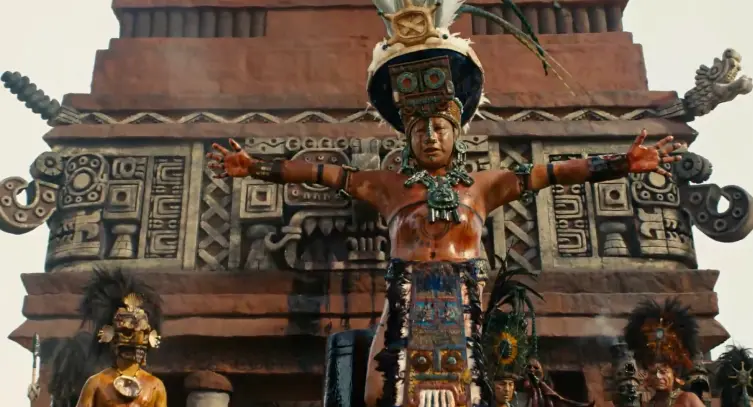
The protagonist of the story is Jaguar Paw, a tribal villager attached to the Maya civilization who originally lived a life of indifference to the world.
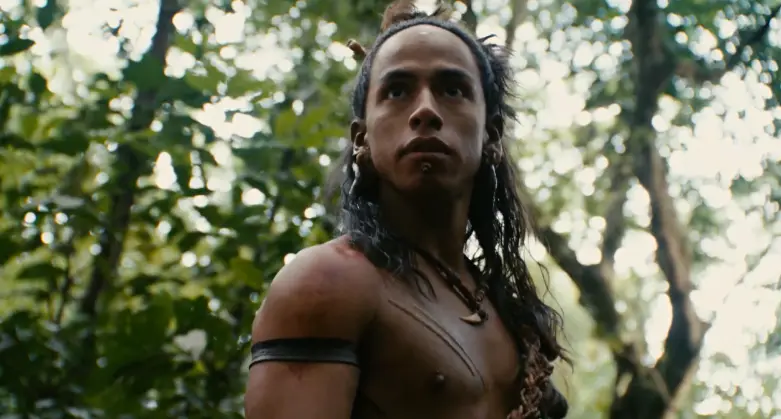
But the ferocious Maya army suddenly arrives, burning and slaughtering, and the tribes with more backward equipment are powerless to resist and can only let the other side do evil. In danger, Jaguar Paw's child and pregnant wife hide in the well, but Jaguar Paw is captured by the Mayas.
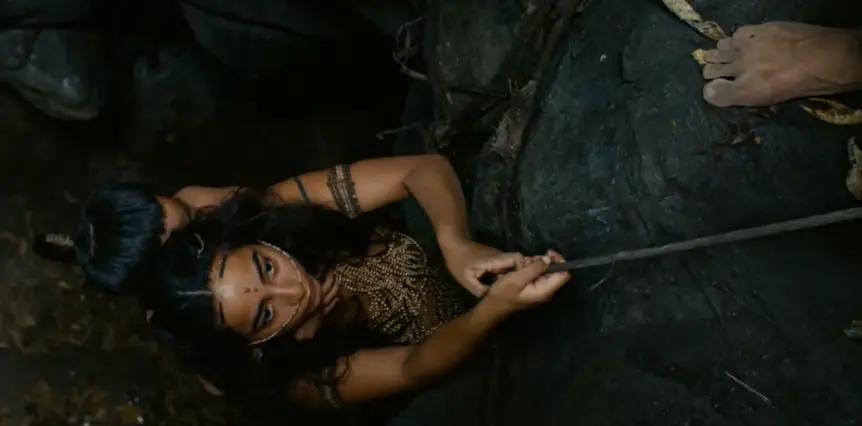
Jaguar Paw becomes a slave, and is humiliated by the Mayas along with the tribe, even "offered" to the gods in form of human sacrifice.
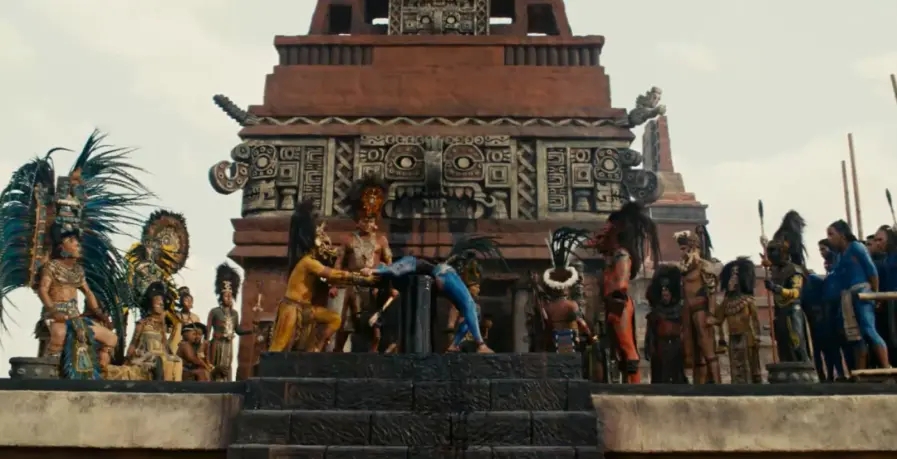
When it’s Jaguar's turn to be sacrificed by taking out his heart, a total solar eclipse makes the superstitious Mayas temporarily stop, which makes him unexpectedly seize a chance to survive. After killing the son of the patriarch, he flees to the jungle using his survival instinct. The Mayas were relentless in pursuit, and Jaguar Paw, having no way out, can only run wildly in the woods to escape.

From the brutal slaughter of the Mayas to the desperate escape of the hero, the story of "The Initiation" is very tense. It’s basically an exciting Maya version of "Temple Run". But as a film that has won three Oscar nominations in a row, Apocalypto is not satisfied with the "exciting" presentation of the plot. I think there are many things worth mulling over in the film. First, director Mel Gibson restores the original appearance of the Maya civilization with huge ambition. In order to preserve the authenticity as much as possible, he first enrolls a large number of natives of Yucatan Peninsula, one of the birthplaces of Maya culture, to participate in the film, also adopting the Yucatan Mayan language.
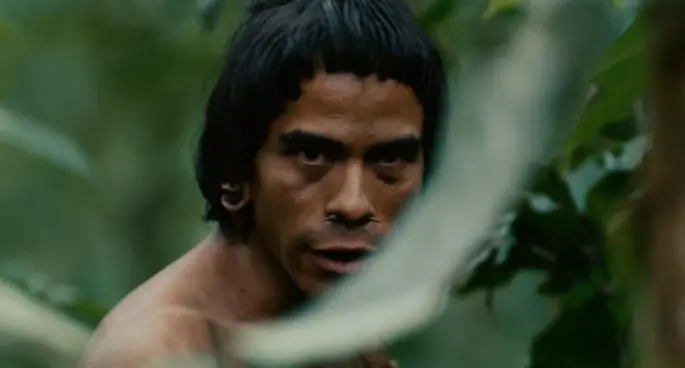
Second, the film carefully restores Maya costumes and tattoos, building an ancient Maya pyramid at 1:1. Gibson, who has spent 50 million dollars, also restores the ancient Maya in the most primitive way.
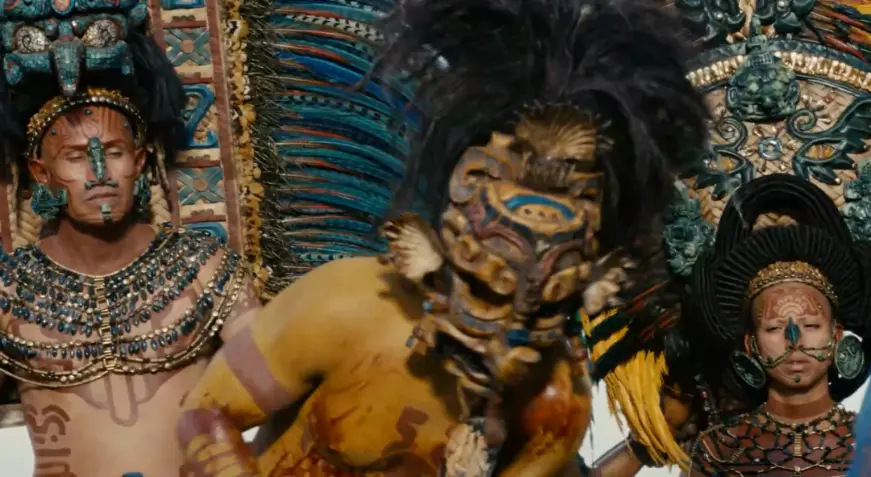
With the background, the belief in human sacrifice is vividly restored. The late Maya civilization was affected by plagues and disasters, and they also built pyramids to pray. To this end, they often used prisoners of war as sacrifices, using blood to "quell the wrath of God", so that crops and people would "no longer get sick". In the film, Jaguar Paw and others are applied with blue paint by the Mayas, and they will be sacrificed to the sky that day. The live organs are dug up and hung up in the air, attracting cheers from the audience.
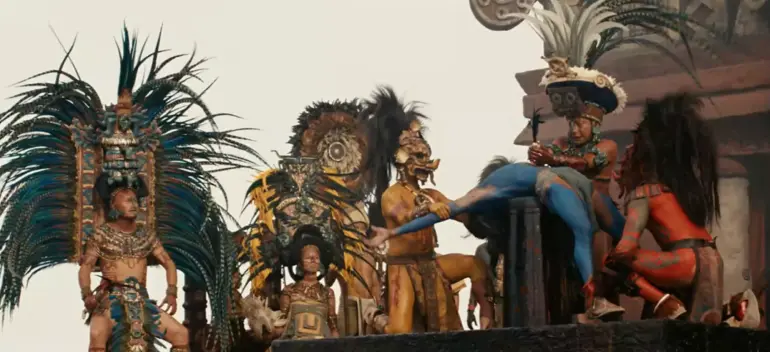
When a head rolls off the stage, the Mayas burst into cheers, while the "slaves" give helpless sighs. The contrast is very sharp.
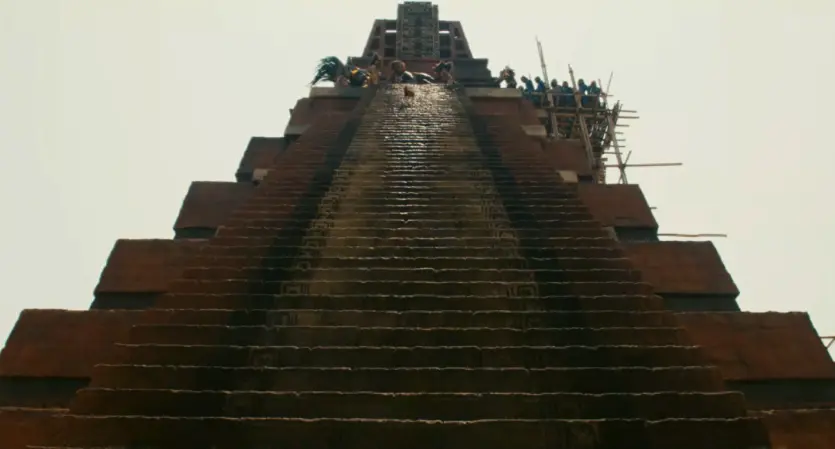
The banned scenes make us stunned. Sadly, they have actually reenacted historical scenes.
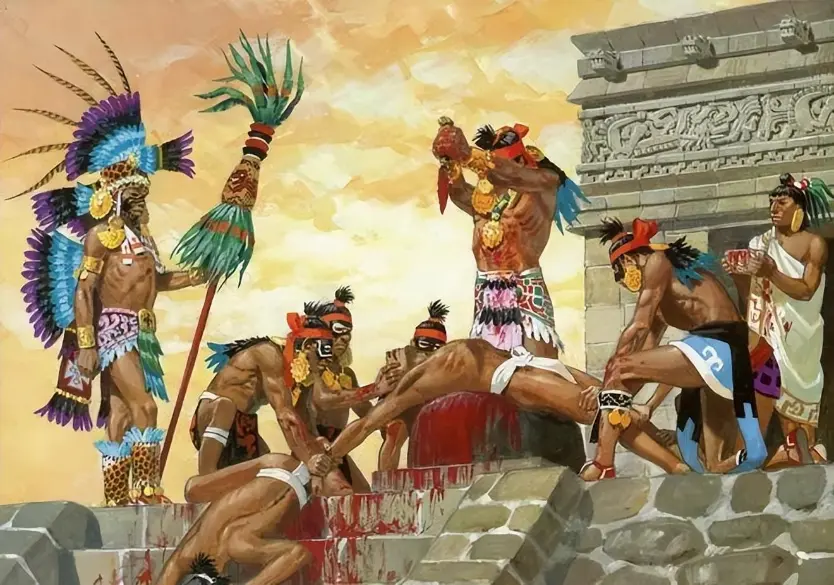
Through the reenactment of the real scene, the director also expresses his understanding of the demise of the Maya civilization bit by bit. In stark contrast to the Mayas' aggression and expansion, it is an indisputable fact that corpses of the starved are everywhere inside and out of the city.
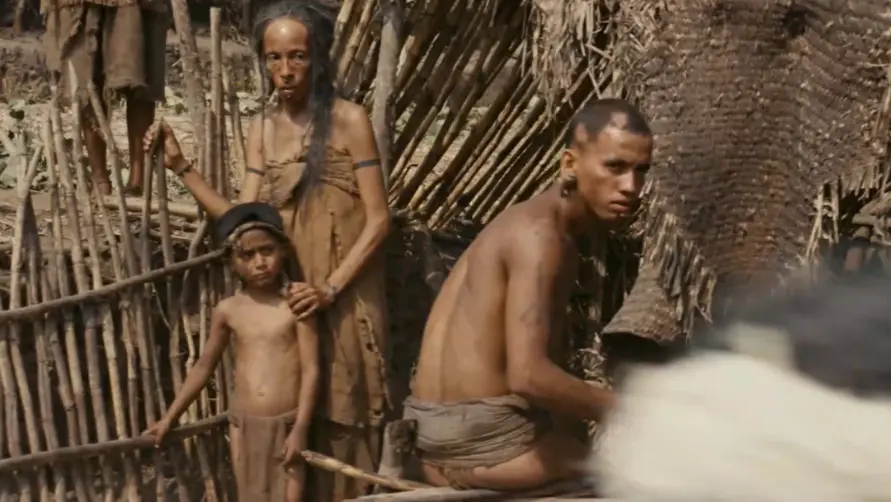
When the Mayas faced natural disasters, their first reaction was not to develop agriculture, but to pin the problem on "quelling the wrath of God" and make prophecies according to astrology. Human sacrifices made the civilization go astray.
In addition to restoring Maya customs, Gibson also works hard on the visual sense to stimulate the eyeball with the super-large-scale primitive style. Throughout the whole film, what catches the eye is the "tribesmen" who are barely clothed. Almost all the actors wear primitive costumes with very little fabric. The men even wrap their sensitive parts with only a strip of cloth.
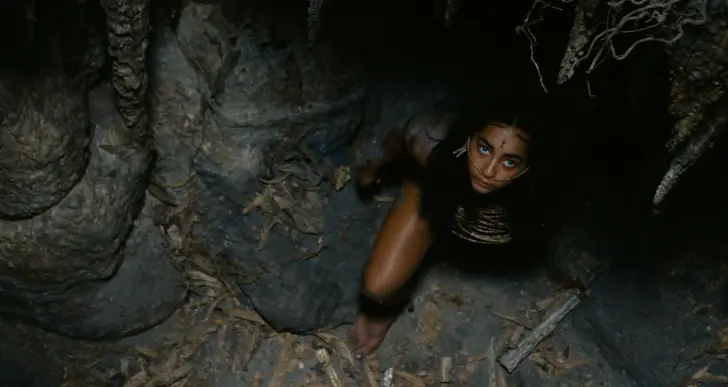
It can be said that the actors are almost naked to present their primitive appearance. Scenes such as tribesmen gnawing wild boar genitals, placing ants on wounds for treatment, and giving birth in water are all eye-opening wonders.
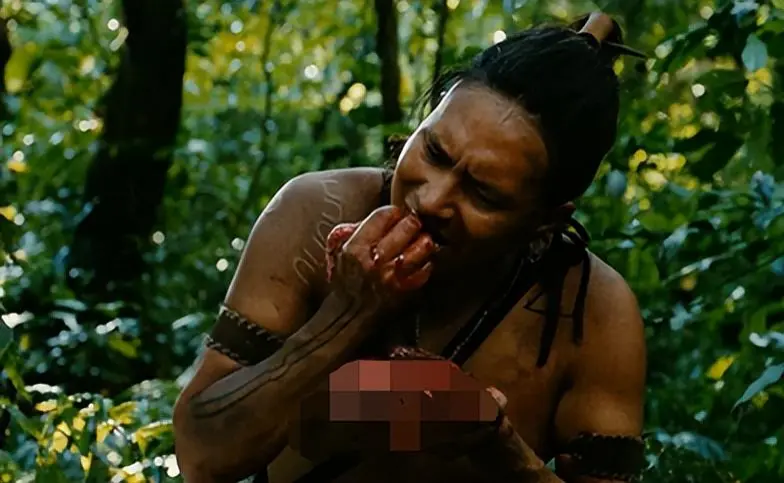
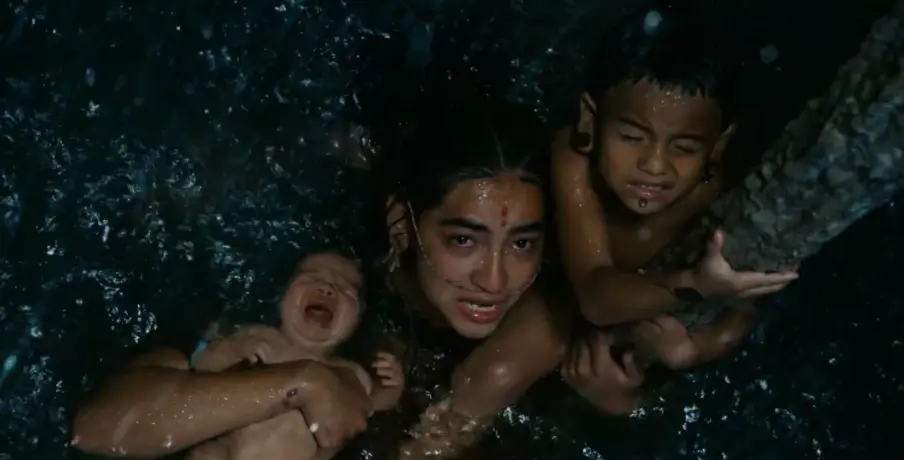
In addition to presenting the ancient Maya style in the primitive style, Gibson also puts a lot of metaphors in the core of the plot, which completely tears the fig leaf of human civilization and sublimates the film pattern. In my opinion, there are three meanings:
1: Jungle law and the left behind get eaten
The plot always presents the multi-level dimensionality reduction blows of higher civilizations to lower civilizations/creatures. The first level is the hunting of lower creatures by the primitive farming and hunting civilization.

At the beginning of the film, the tribesmen use the intellectual advantages and easily catch wild boars with hunting apparatus, finally dividing them up and eating them. The second level is the dimensionality reduction blow of the stone civilization represented by the Mayas to the primitive farming and hunting civilization. When the Maya army, with better weapons and equipment, intrudes into the rainforest tribe, the primitive farming and hunting tribe is instantly defeated.
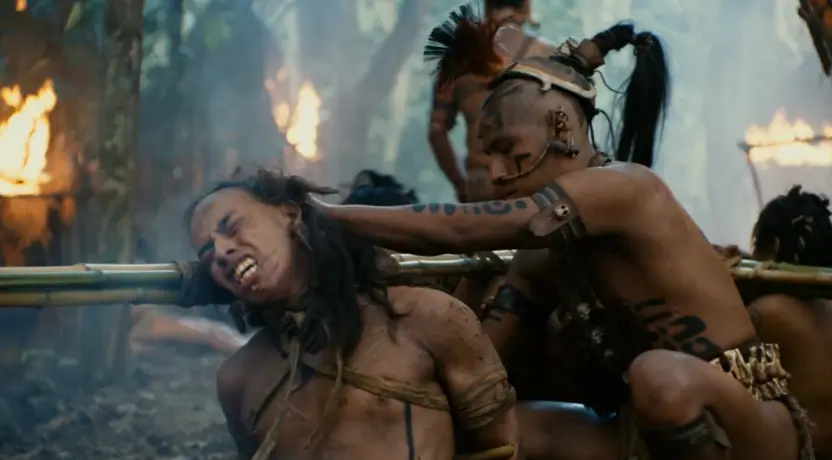
The differences in the level of civilization that cannot be reversed make them only the objects of arbitrary control of Mayas. In the scene, tribal women are brutally abused, while stronger men are regarded as "living sacrifices" and weaker men would be bullied at will. In this situation, just like the hero and other tribesmen treat wild boars, they are completely defeated. The third level is the civilization suppression, which appears at the end of the film. When the Mayas chase the hero to the seaside, the arrival of the Spanish fleet brings new suppression of civilization.
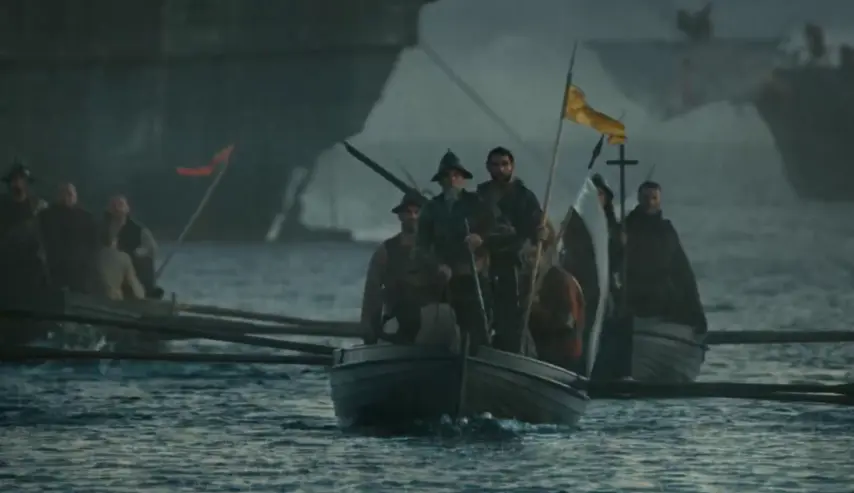
Although the story comes to an abrupt end with the arrival of the Spanish people, combined with the historical background, it's easy to see that this is a metaphor for the suppression of the stone civilization by the gun civilization. In history, the Spanish arrived in the Yucatan Peninsula in 1517 and continued to suppress Maya descendants by force. Nearly 90% of the Mayas died after their arrival due to slaughter and malaria. The remaining Mayas were also reduced to slaves and suffered humiliation. A generation of Mayas finally came to an end.
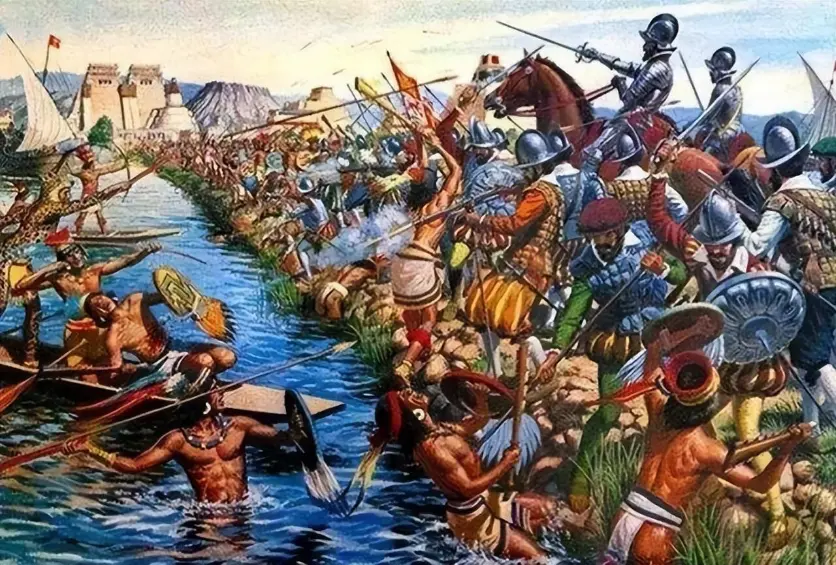
From the perspective of these three levels of suppression chains, the director tells us a historical truth: jungle law not only happens in the jungle, but also in human civilization.
2: Getting used to fear is more terrible
At the beginning of the film, the director uses the words of scholar Will Durant as an introduction:

This remark expresses another principle of the rise and fall of civilization: the level gap of civilization is not the most terrible. The terrible thing is that fear comes first, before it has begun. In the film, the characters emphasize the side effects of fear many times. At the beginning, the hero and his companies, who are out hunting, are warned by the neighboring tribes that the terrifying intruders (referring to the Maya army) are coming. But when everyone else is in panic, the patriarch signals them to stay calm and return to the village, because "fear is a transmissible disease”
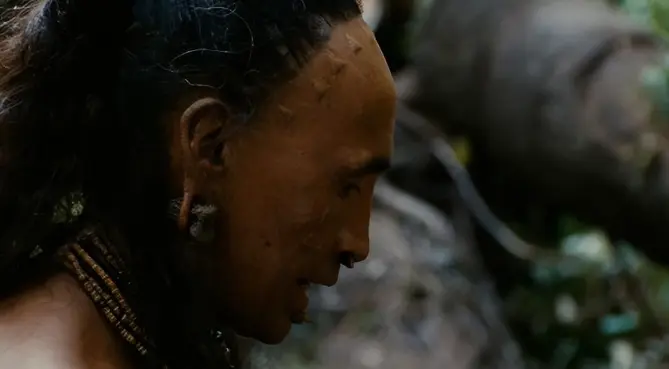
Even if the man-made disaster finally comes, the captured patriarch doesn't show fear. Instead, he dies calmly with a calm attitude, which also inspires the hero Jaguar Paw's determination to escape.

As for Mayas, although they hold more advanced weapons, their inside fear is actually more obvious. On the altar, when a total solar eclipse appears, the Mayas, who are still cheering at the sacrifice, are in a panic instantly because of the "wrath of God".
When escorting captives, even strong Maya soldiers can be disturbed by the strange curse of the little girl on the roadside. At the end of the film, the Mayas chase the hero to the beach. When seeing the Spanish's gunboats, the "weaker" hero escapes rationally, but the two Mayas are already stunned by the behemoth in front of them.
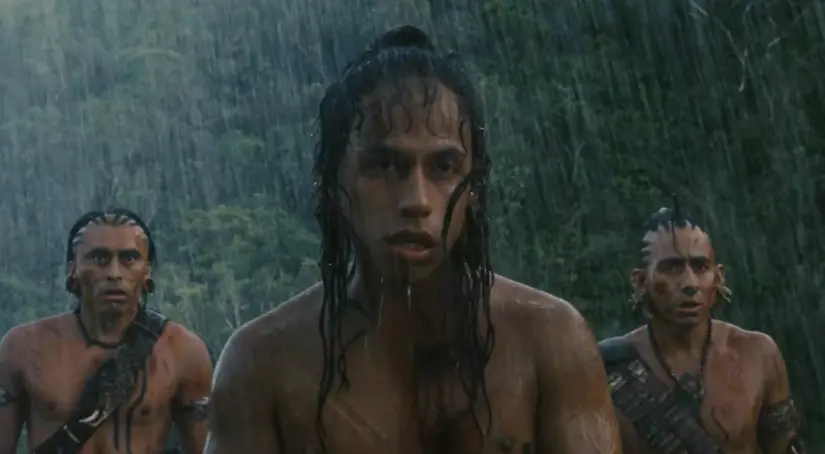
Obviously, civilization may be suppressed, but a civilization that is not timid will not be easily conquered.
3: Destruction and survival, the eternal law of human life
In the film, Gibson also uses the two opposite "images" of fire and water to metaphorize the rise and fall of life. First, with the presence of fire light, a village massacre starts; with the Maya army burning, killing and looting in the primitive tribes, the originally peaceful village instantly turns into a purgatory on earth.
The fire not only illuminates the tragic scene, but also presents the only way for the development of human civilization – conquest and destruction in a completely destroyed way.
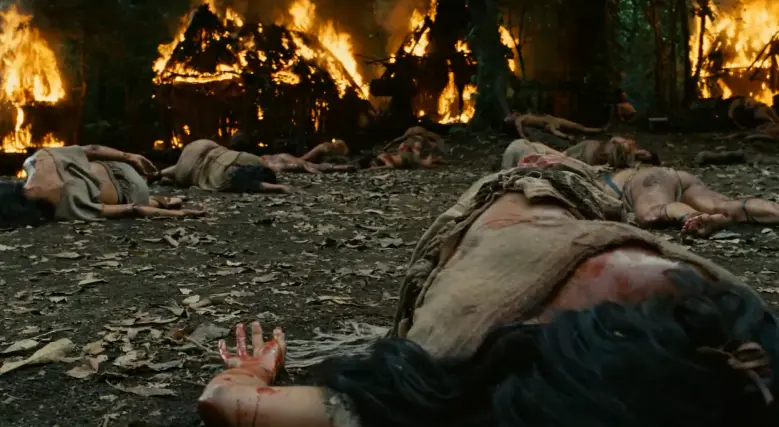
Correspondingly, the image of water appears many times at the end, which is a metaphor for the tenacity of life. In a heavy rain, the hero keeps running in the jungle. He also counter-kills against the Mayas by using his familiarity with the terrain. At the same time, the heroine is isolated in the well, facing the influx of rainwater little by little. In the desperate situation of life, the heroine, who has been pregnant, tried her best to get herself out of the water. With a strong desire to survive, she completes the feat of giving birth to life in the water. At the end of the story, the hero, who successfully gets rid of the Mayas, comes to the well and reunites with the heroine in the water, with a newborn in her arms. The life continues in a series of disasters.
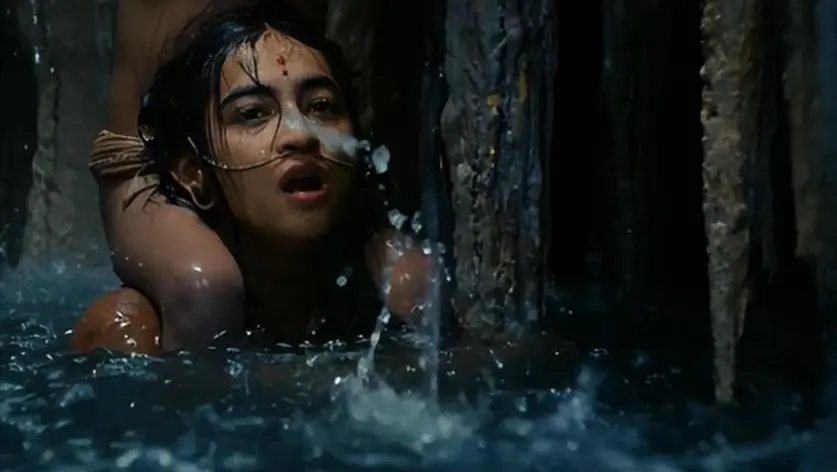
This echo of water and fire contains not only the destruction brought about by the mutual conquest between civilizations, but also the tenacity to rebuild life in the ruins, revealing the essential reason why humans endure hardships but continue to grow. After presenting the core of the story in the most naked state of life, this film of blood and flesh finally touches the soul of the audience. High-level comments such as "the most shocking" and "the most unforgettable" have emerged in the comment section. It has become a "wonderful film" in the eyes of countless people.
Perhaps, if we want to understand the rise and fall of human beings, Apocalypto can give us some enlightenment.


 Log in
Log in

No comments yet,
be the first one to comment!